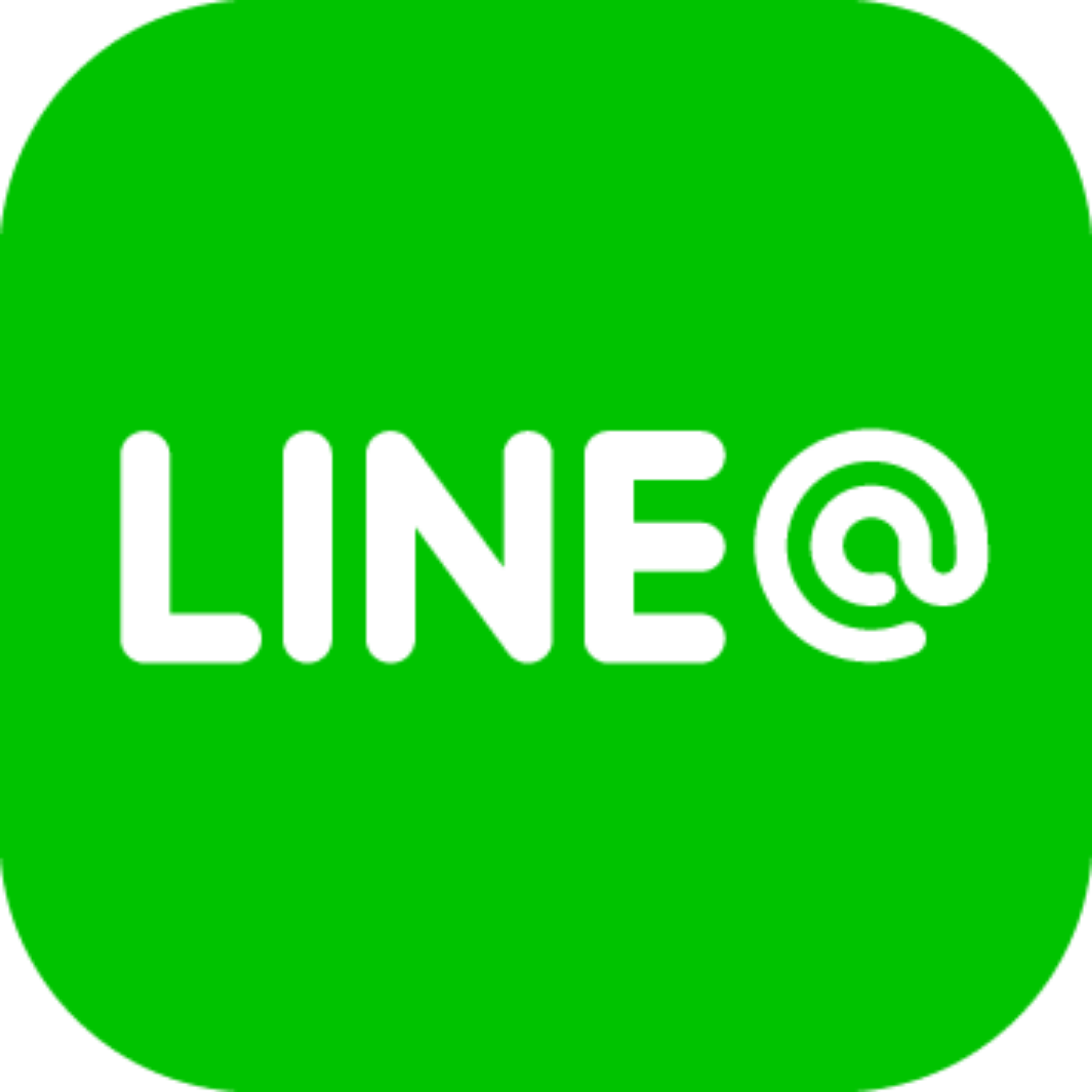
diat and recipes
Clean eating
There are a lot of variations to clean eating; but, basically, it refers to eating foods that are as close as possible to their natural state. This encourages us to make our meals from scratch to make them as “clean” as possible. The main reason to take on clean eating is the health benefits of consuming foods rich in nutrient content directly from the earth that have not been overly processed. Many people eat meals which have been made from synthetic ingredients, and packed with fat, sugar, sodium, chemicals, preservatives, food dyes and other additives your body doesn’t quite know what to do with. These additional items may be detrimental to your overall health and well-being.
Clean eating nourishes your body with healthy and nutrient-dense foods. Clean foods fill your body with plentiful vitamins and minerals, high-quality protein and healthy fats, which improve heart and brain health, assist with weight management, build a stronger immune system and increase energy levels, among other benefits. Foods in their natural state are more flavorful.
It may be daunting to consider eating a clean diet, but the benefits might far outweigh any concerns you may have when attempting to eat clean.
Drinks and desserts can be a big source of added sugar. Look for unsweetened tea and coffee, water and seltzer. Consider making treats at home with less sugar or with honey, and with fruit and whole grains.
Another important aspect of clean eating is the cooking process. Even when we use the right ingredients its important not to use too much oil for the cooking since If you heat oil past its smoke point, it not only harms the flavor, but many of the nutrients in the oil degrade—and the oil will release harmful compounds called free radicals.
If you want to keep that calorie count down, here are some suggestions for how to cook with less oil.

Stick to recipe quantities.
If you’re following a healthy recipe with nutritional information, stick to the measurements laid out in the recipe. While you may think it’s easy to eyeball oil quantities, you may not realize just how many tablespoons you’re using if you don’t use measuring spoons.
Use a nonstick pan
Searing meats and sautéing vegetables are easier to do without using too much oil if you have a good nonstick pan. Just make sure you don’t heat your pan higher than 500 degrees Fahrenheit (leave it on low to medium-high heat) in order to prevent the releasing of toxic fumes from the nonstick coating.
Spray it on
For adding a finishing touch of oil to dishes, use an oil mister instead of a heavy-handed pour from the oil bottle.
Steam or par-boil veggies beforehand
Making a stir fry or sautéing some root veggies? Some veggies, like broccoli, carrots, and other harder vegetables, take a while to cook in the pan. Instead, cook them a little bit before you add them to your dish so they’ll cook faster without needing all that oil.
Use a little bit of water

Items in clean diet are the following:
Vegetables, Fruits, Meats, Rice, Potato, Grains, Pasta, Noodles, Nuts, Seeds, Dairys
Consuming some supplements such as meal replacement shake or protein shakes can help you to avoid junk snacks and consume nutrition dense foods even when you don’t have acces to some natural whole meals.










